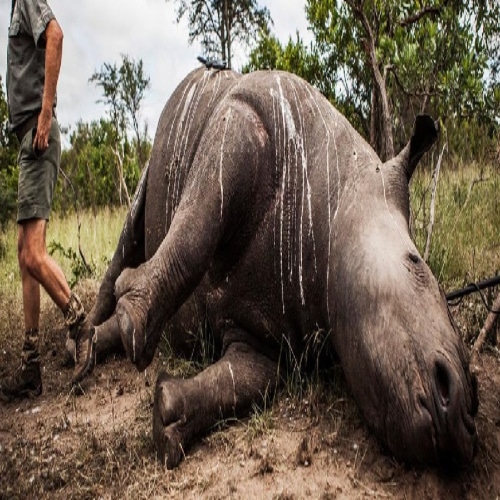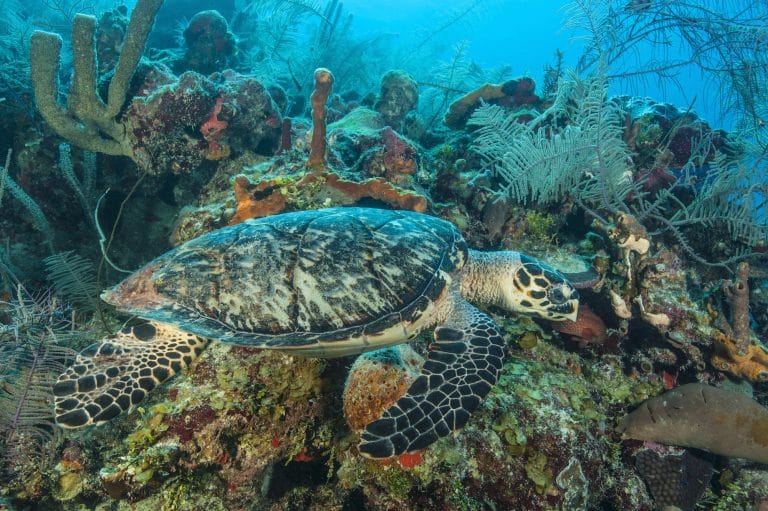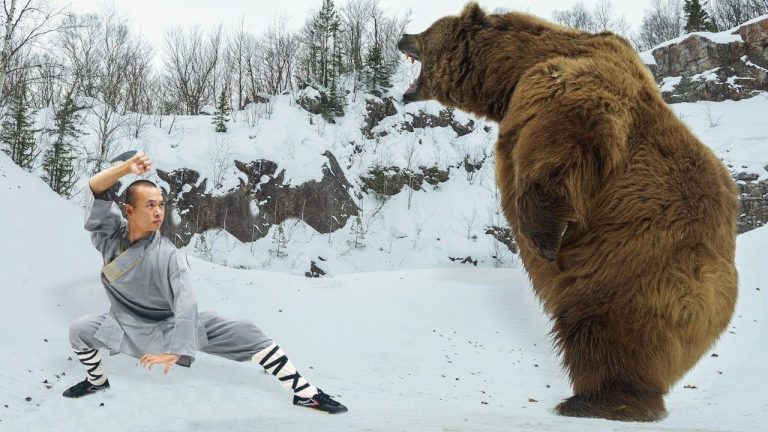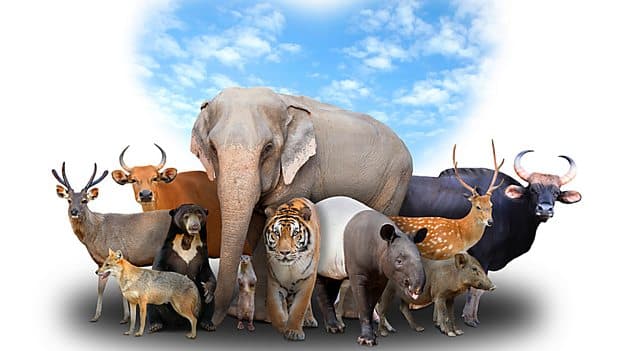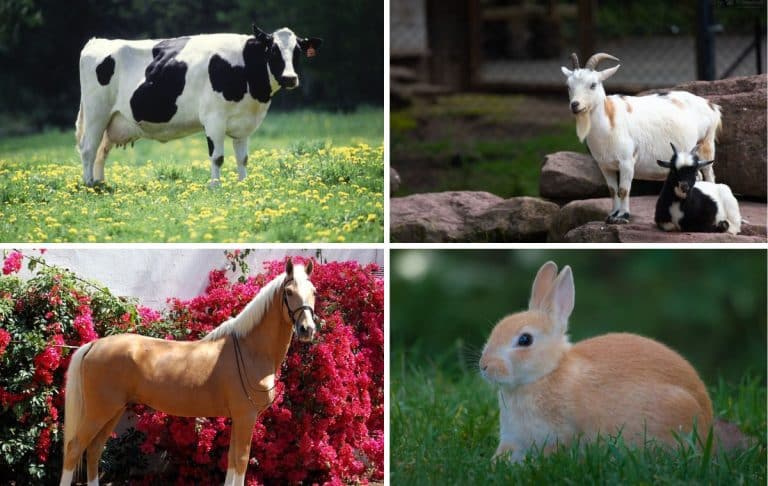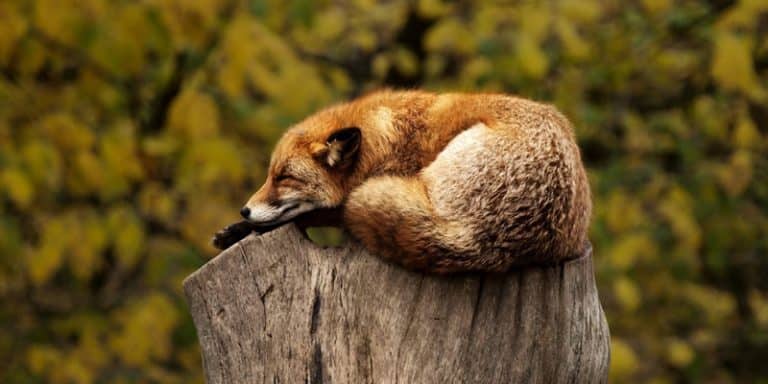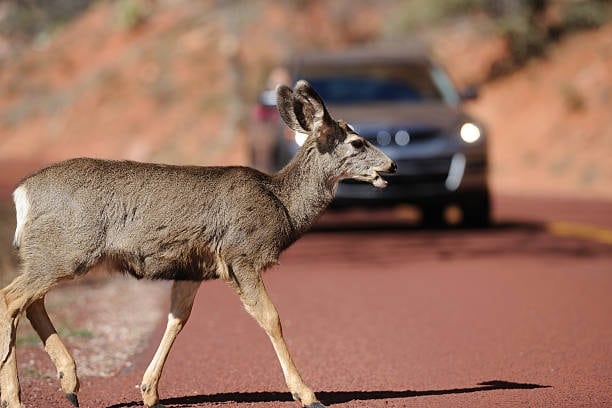Detailed Walkthrough Poachhing – History, Impact and Measures
Do you know what is poaching? It’s not about poached eggs; that is made by cooking eggs in simmering water. The poaching here signifies a serious issue that threatens our planet’s wildlife. It is illegal to hunt or capture animals, usually for their valuable parts like ivory and horns or for other purposes like making different products.
The notable part is that poaching isn’t only limited to high-profile animals but also includes the illegal taking of fish, plants, and other resources. If you’re thinking of it as a minor problem, it’s not; on a bigger screen, its impact is devastating.
Browse with us till the end to learn about what poaching is, the consequences it brings along, how it threatens endangered species, disrupts ecosystems, and backs for black market trade worth millions of dollars.
Details on Poaching
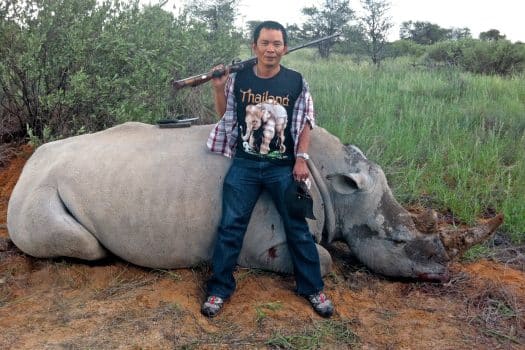
What is poaching? – Poaching is the illegal hunting, capturing, or killing of wildlife, usually for money or rarely for personal use. Poaching activities target a wide variety of animals, including species like elephants, rhinoceros, tigers, and more. These animals are poached for their valuable body parts, such as ivory, horns, or skins, and then sold on the black market.
Remember, poaching isn’t limited to animals; it also includes an illegal collection of plants, such as rare Orchids and Timber. All these pose a threat to Earth’s biodiversity.
History of Poaching
1. Medieval and Renaissance Period
Poaching has existed since ancient civilizations when people used to hunt wild animals for their survival needs like food, clothing, and other resources. It was also practiced in the name of sport and entertainment. In the Middle Ages and Renaissance, poaching became a common practice among lower classes. During this period, the increase in the number of bandits was significant; some wanted to feed their families, while others were practicing poaching as a protest against hunting laws.
2. European Colonialism and Modern Era
During the European colonial expansion, wildlife poaching significantly increased in various parts of the world. Colonizers frequently considered local wildlife as the resources meant for trade and profit. When the modern era came, the demand for wildlife products such as ivory, skin, fur, and rare pets took poaching to new heights.
Understanding Modern Poaching
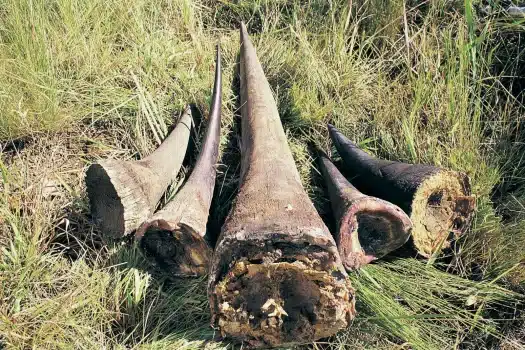
1. Motives for Modern Poaching
- Profitability: Poachers usually target valuable species for their body parts like ivory, rhino horn, tiger bones, and animal skills. This is then sold onto the black market, which leads to the poaching trade.
- Medicine: Not done by a professional in the medical sector. In some cultures, animal parts are used in making traditional medicine.
- Trophy Hunting: Some individuals or groups often practice illegal trophy hunting for personal gratification. Usually, an endangered animal is targeted for flaunting it as a status symbol.
- Bushmeat Trade: This includes the illegal hunting of wild animals for food consumption. It’s among serious issues in many parts of the world.
- Pet Trade: Poaching for pet trade involves capturing and selling unique animals as pets.
2. Methods of Modern Poaching
- Firearms and Traps: In modern poaching, poachers commonly use firearms and traps to kill their targeted animals. Adding on, a gun makes it easier to kill animals from a distance, and traps capture them without any direct face-off.
- Poisoning: Another widely used method to kill animals which has devastating effects even or not targeted species.
- Snares: A simple but deadly device that traps animals when they try to pass through it or eat the bait. These are frequently used for small mammals and birds.
Difference Between Old and Modern Poaching
1. Technology
- Old Poaching: Older methods of poaching depended on tools like traps, snares, spears, bows, and muskets. Adding on tracking and capturing animals required skill and physical prowess.
- Modern Poaching: Nowadays, poaching involves all the older methods and advanced technology like high-power rifles, GPS devices, and rarely drones. All these devices and tools make it easier to locate and kill animals.
2. Scale
- Old Poaching: Previously, poaching had a local or regional impact and affected specific wildlife populations.
- Modern Poaching: Today, poaching has become a global industry with a well-organized criminal network.
3. Market Demand
- Old Poaching: In ancient times, the demand for wildlife products like fur, ivory, and animal medicines was limited to local markets.
- Modern Poaching: The demand is now global, which includes unique pets, rare animal parts, and products like rhino horn and tiger bones.
4. Laws
- Old Poaching: In the past, the legal laws were weak and inconsistent regarding wildlife protection.
- Modern Poaching: Today, many countries have made laws, and several agreements have been made that are strict and well-managed.
5. Awareness and Conservation Efforts
- Old Poaching: Awareness and efforts to conserve wildlife were limited in the past. Further, people didn’t heed the ecological importance of preserving species.
- Modern Poaching: The need to conserve wildlife is now understood better by people worldwide. Adding on, various organizations, governments, and individuals are working to reduce poaching.
Reasons Why Does Poaching Need to Be Stopped
- Poaching poses a threat to endangered species. This might lead to the extinction of the species, which means a permanent loss of biodiversity.
- Practices like poaching hamper the balance of the ecosystem. If Poachers target certain species, it has a domino effect on the local food chain. For example, if predators are poached, the herbivore population may increase, leading to overgrazing.
- Deforestation is one of the main losses poachers do to the environment. They clear land for their activities or poached animals. Further products may drive illegal logging, hence depleting forests. This cutting of trees reduces the availability of breeding grounds for wild animals, hampering the overall ecosystem health.
- Indirectly, human suffering increases as a result. When elephants are poached for their ivory, the local communities may be in danger because of increased conflict with humans. Many times, Poaching poses a threat to human lives.
- Many species targeted by poachers play a big role in the ecosystem. As you know, elephants disperse seeds through their dung, which leads to the regeneration of the forest. Poaching hampers this process significantly, leading to decreased biodiversity.
- Poaching increases global health risk. Some diseases can jump from wildlife to animals when trading live animals or their body parts. The best example of this is the COVID-19 pandemic.
- Coaching of a means of wildlife and animal parts trafficking. This illegal trade has a complex network that can even cross International borders, which may lead to controversies between Nations.
Top Measures to Minimize Poaching
Measures to reduce poaching, especially when it comes to endangered species, is now a global concern, which includes conservationists, governments, and many other organizations. The efforts made by them have many aspects and consist of mixed strategies.
The points listed will enlighten you on the same:
- Law Enforcement: Strengthening law enforcement against wildlife protection is a fundamental strategy by various governments. This includes increasing the number of trained rangers or forest officers and providing them with appropriate resources to better petrol protective areas.
- Engaging with Community: This includes all but particularly local ones residing near protected areas. Doing this is helpful for poachers driven by economic necessity as it provides alternative livelihood. This might include ecotourism, sustainable agriculture, or community-based conservation initiatives.
- Reduced Demands: It simply refers to minimizing the demand for wildlife products. Public awareness campaigns and education programs work wonders in making customers aware of the consequences of the choices made. Further, strict penalties for people engaging in buying or selling of such products are crucial.
- International Collaboration: Poaching isn’t limited to one nation. Rather, it’s a global concern, and hence, international cooperation is necessary. This includes sharing intelligence, coordinating enforcement efforts, and international agreements like the Convention on International Trade in Endangered Species of Wild Fauna and Flora (CITES).
- Undercover Operations: Several agencies often do undercover operations to know about the poaching networks. These operations help gather crucial information about various poaching rings, enabling authorities to catch those individuals and dismantle the criminal networks.
- Collaboration with NGOs: NGOs, i.e., Non-government Organisations, play an important role in anti-poaching efforts by providing funding, expertise, and manpower to support conservation initiatives. Moreover, they frequently engage in campaigns that raise awareness about the same.
- Research and Monitoring: This is crucial to know about the wildlife population and, hence, the extent of poaching in an area. Further, it will inform about conservation strategies and help make amendments to the same with changing situations.
Hunting Vs. Poaching
Hunting and poaching are closely related terms but refer to different activities related to the killing of wildlife. Both of them differ in terms of legality, purpose, and the impact on the ecosystem they cause. Here is a breakdown which will enlighten you on the same.
1. Legality
- Hunting: Hunting is a legal activity in many countries and is regulated and controlled by governments. These regulations are made to manage wildlife populations and protect endangered species.
- Poaching: Poaching is the illegal capturing or killing of animals prohibited all around the globe. It violates local, national, and international laws to protect endangered species and preserve biodiversity.
2. Purpose
- Hunting: The main purpose of hunting is for recreation, subsistence, or wildlife management. However, people engage in hunting for other reasons like food and sport.
- Poaching: It is done mainly for profitability. Poachers target animals for their valuable parts and then sell them on the black market.
3. Regulation
- Hunting: People who practice hunting must obtain a license and follow the rules and guidelines, which include hunting season, bag limits, and areas.
- Poaching: Poachers don’t follow any law nor adhere to hunting regulations. Their main target is protected areas.
4. Conservation
- Hunting: Not always, but the revenue generated from hunting is used as a fund for conservation efforts and in protecting natural habitats.
- Poaching: It is harmful to endangered species as it depletes their population, accelerating their extinction.
5. Ethical Considerations
- Hunting: Ethical hunters practice fair chase, human killing methods, and wildlife management.
- Poaching: It is widely condemned for cruelty to animals, its negative impact on the ecosystem, and its contribution to crime and corruption.
Important Insights on Poaching
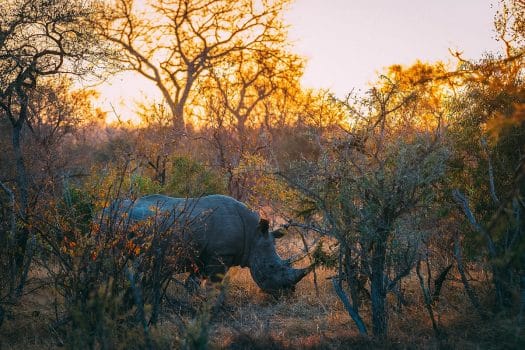
- Poaching has devastating effects on ecosystems. It not only leads to diminishing wildlife populations but also disrupts the food chain.
- The prime targets of poachers are endangered species, which push them closer to extension. Rhinoceros, elephants, tigers, and pangolins are the most vulnerable species.
- Poaching reduces the value of ecotourism, which severely harms the economy depending on wildlife tourism. The illegal trade contributes to organized crime, which leads to social unrest in affected regions.
- Illegal killing poses a health risk. Pandemics like ebola and covid 19 are researched to have originated from wildlife.
- Poaching raises ethical questions about how the animals are being treated for their body parts like ivory, rhino horn, and more.
- It is illegal in many countries and may lead to severe penalties. There are International laws like the CITES treaty, which looks after the trade of endangered species.
- Many conservation organizations and governments are continuously working to reduce poaching. Anti-poaching patrols, community engagements, and educational campaigns are the main strategies.
- Though several initiatives are being taken on, consumer responsibility also matters. Therefore, reducing the demand for poacher goods like ivory and unique pets is essential. For this, public awareness can work greatly.
Conclusion
All in all, the answer to what is poaching is simple but needs to be understood in detail. Why? Simply because of the devastating effects it can pose to wildlife, the food chain, and the ecosystem. There exist legal hunting practices, but what matters for poachers is the profitability, which is more in poaching. Further, this makes them take chances against the strong laws made to protect wildlife.
On a positive note, unlike the historical wildlife conservation methods, today’s laws, campaigns, and treaties are stronger. Moreover, people practising illegal hunting or capturing are severely punished with fines and imprisonment. National parks like Kaziranga National Park of India announced shoot-at-sight orders for poachers, which resulted in the death of 55 rhino poachers from 2013 to 2016.
Feels like we have missed something. Comment below, and we’ll ensure it in the next update.
Frequently Asked Questions
What is Poaching, and Does It Matter?
The illegal killing of any animal, especially when it is meant for profit, is poaching. Why it matters? Because it threatens endangered species, hampers ecosystems, and can have a serious impact on biodiversity as well as the environment. Therefore, before any conservation effort, understanding the extent of poaching is necessary.
Who are Poachers?
Poachers are the people involved in poaching, including traffickers and consumers. Poachers are on the frontline; traffickers move goods while consumers unknowingly boost the demand for wildlife products. Generally, poachers are members of the local community.
How Does Hunting Differ from Poaching?
Legal hunting is done in a regulated way and is often licensed for food, sport, or management purposes. In contrast, poaching, i.e., illegal hunting, is the killing or capturing of wildlife for valuable items used for making profits or personal use.
Why Do People Poach When There Are Legal Hunting Options?
People choose illegal hunting methods because it poses the potential for higher profits. Or else they are targeting protected or endangered species, which may lead to severe punishment against them. In other words, economic incentives or lack of enforcement drives people towards Poaching instead of legal hunting.
Do Hunting Practices Benefit Conservation?
Yes, legal hunting practices, i.e., when conducted in a regulated manner, definitely support conservation. Many countries use hunting revenue for conservation efforts, to protect habitats, and to fund anti-poaching campaigns. Further, it has social benefits when the rural population sharing the land with wildlife has the right over all the costs involved.

